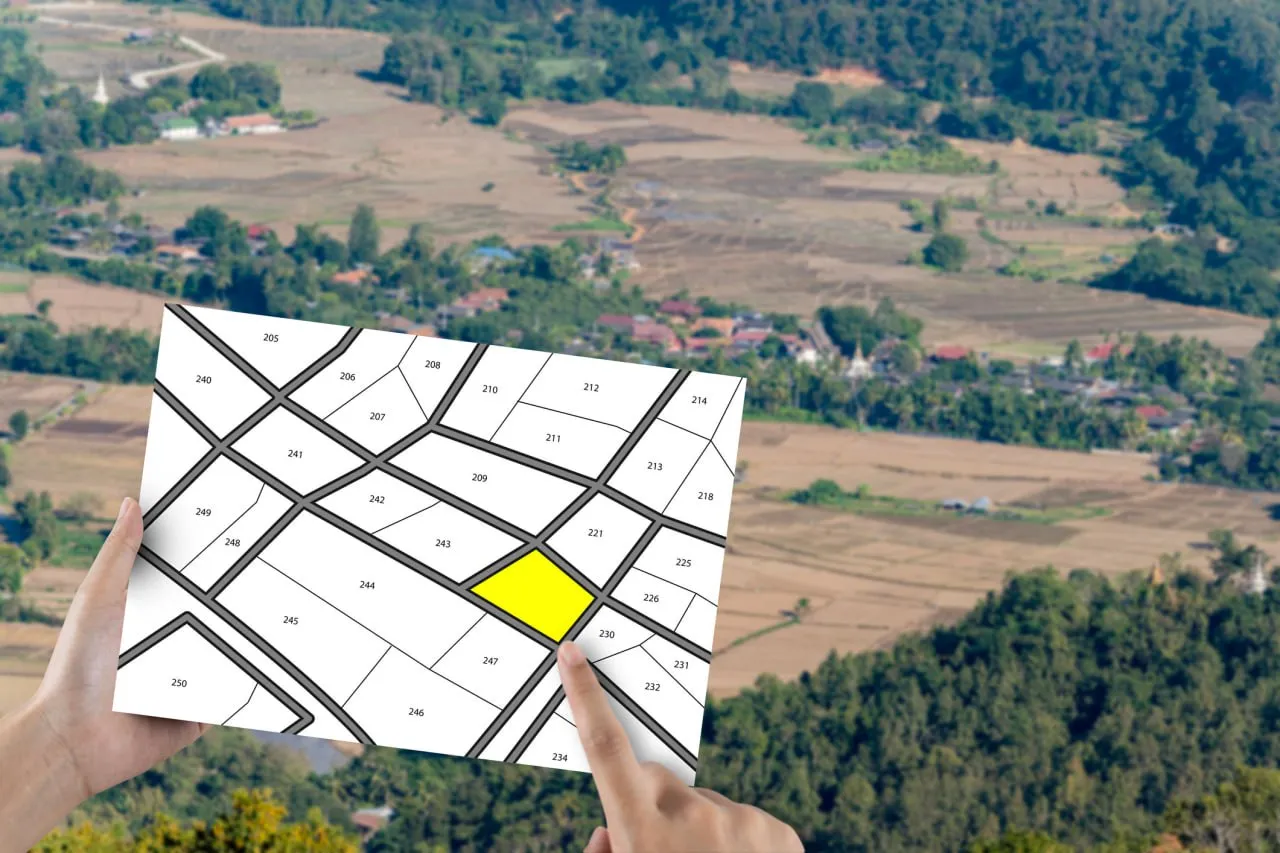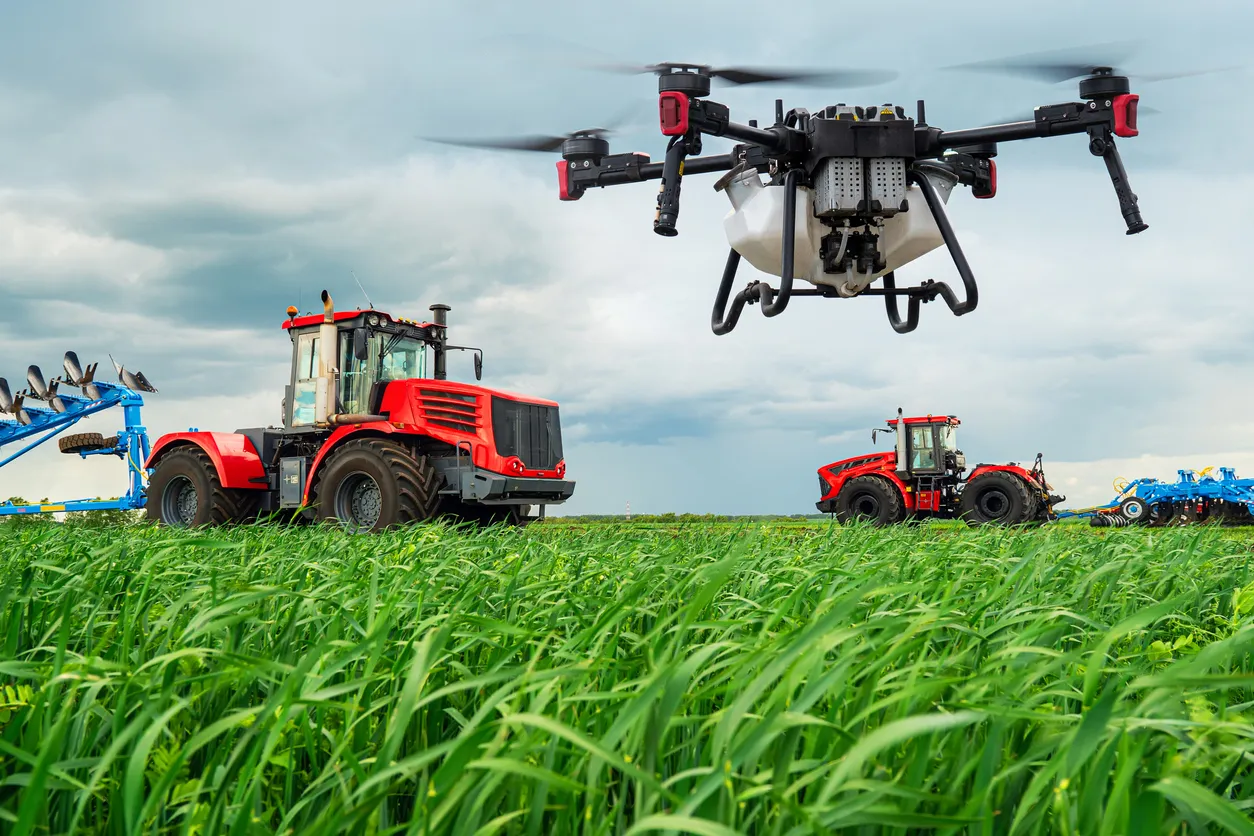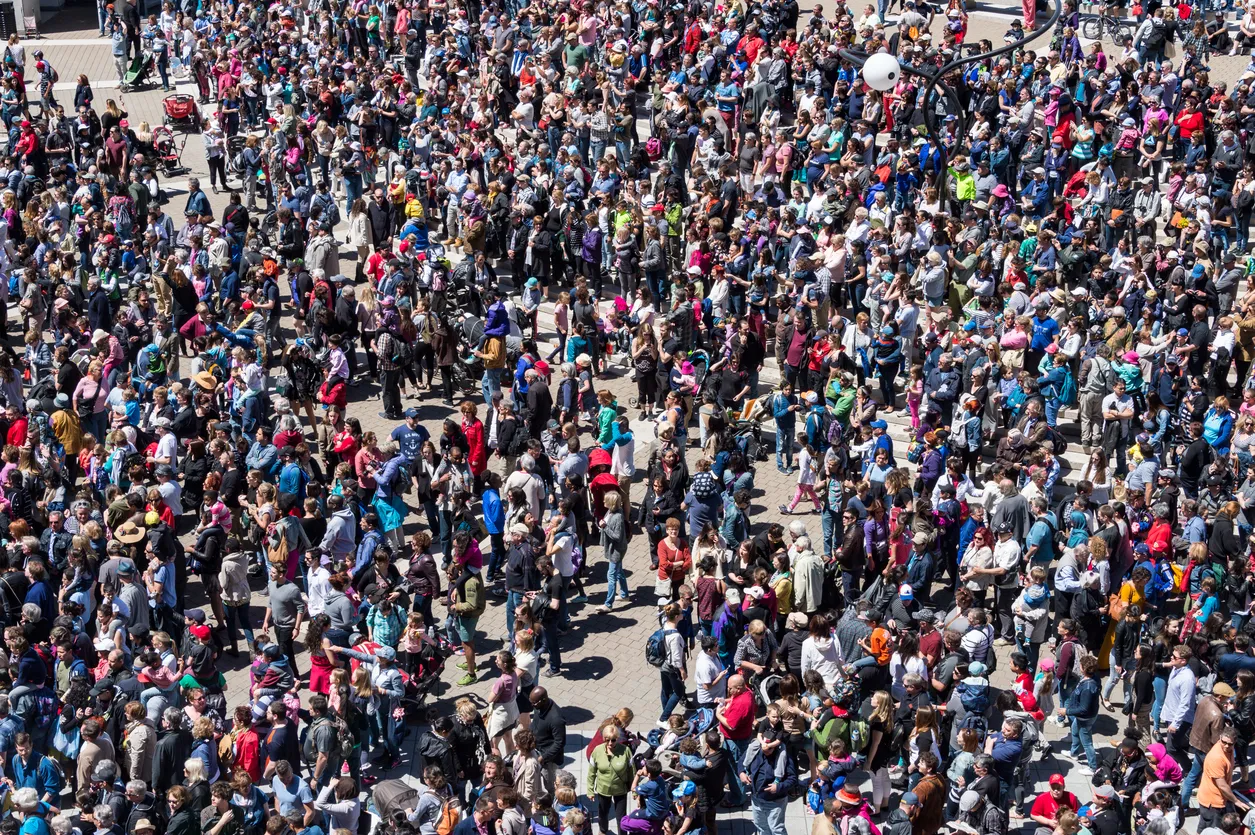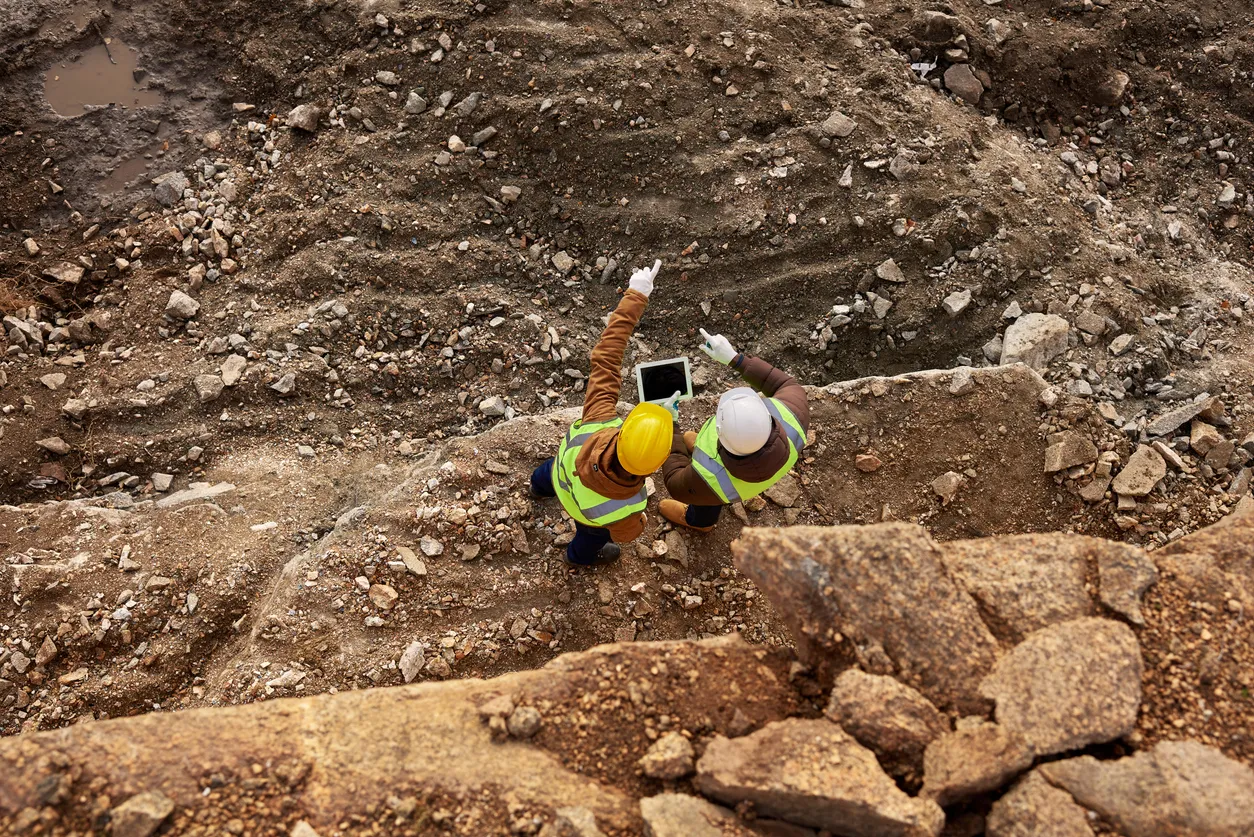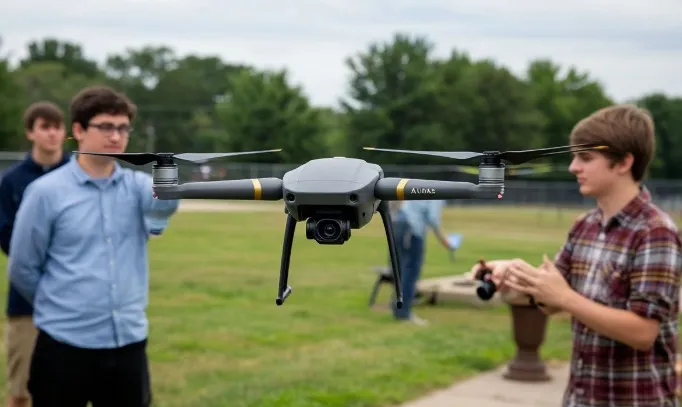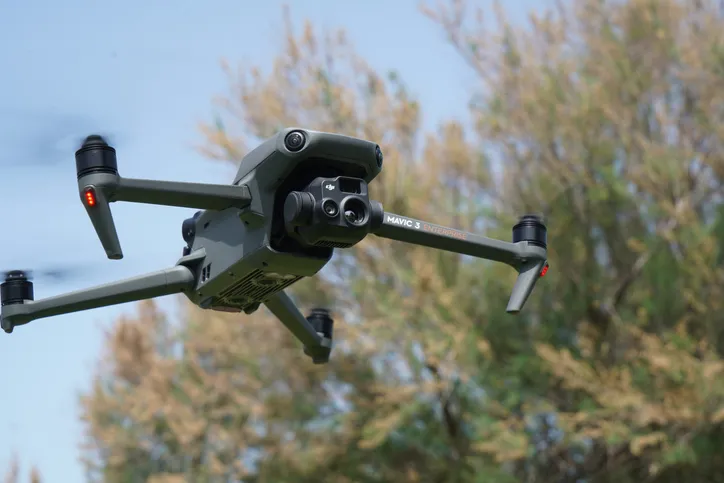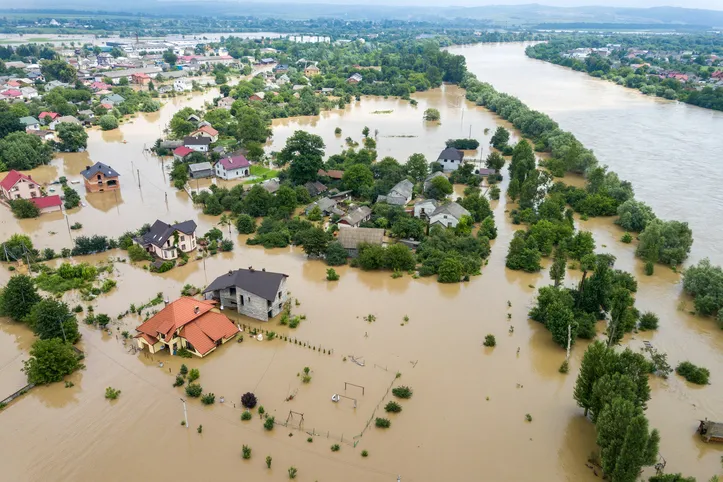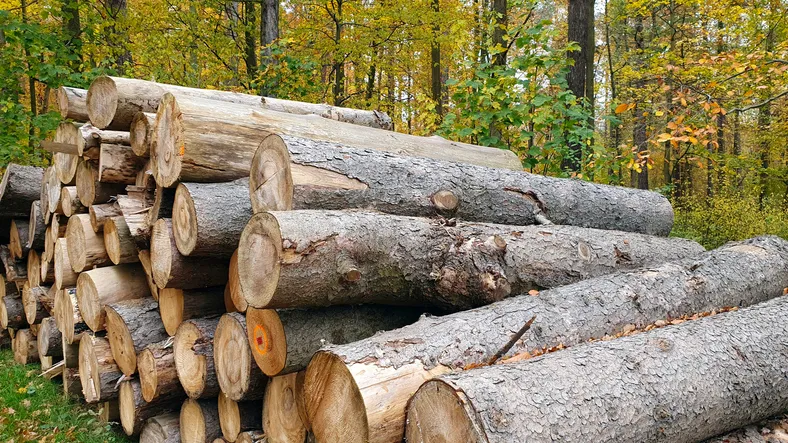AI Bot Calculates Timber Volume With a Snapshot
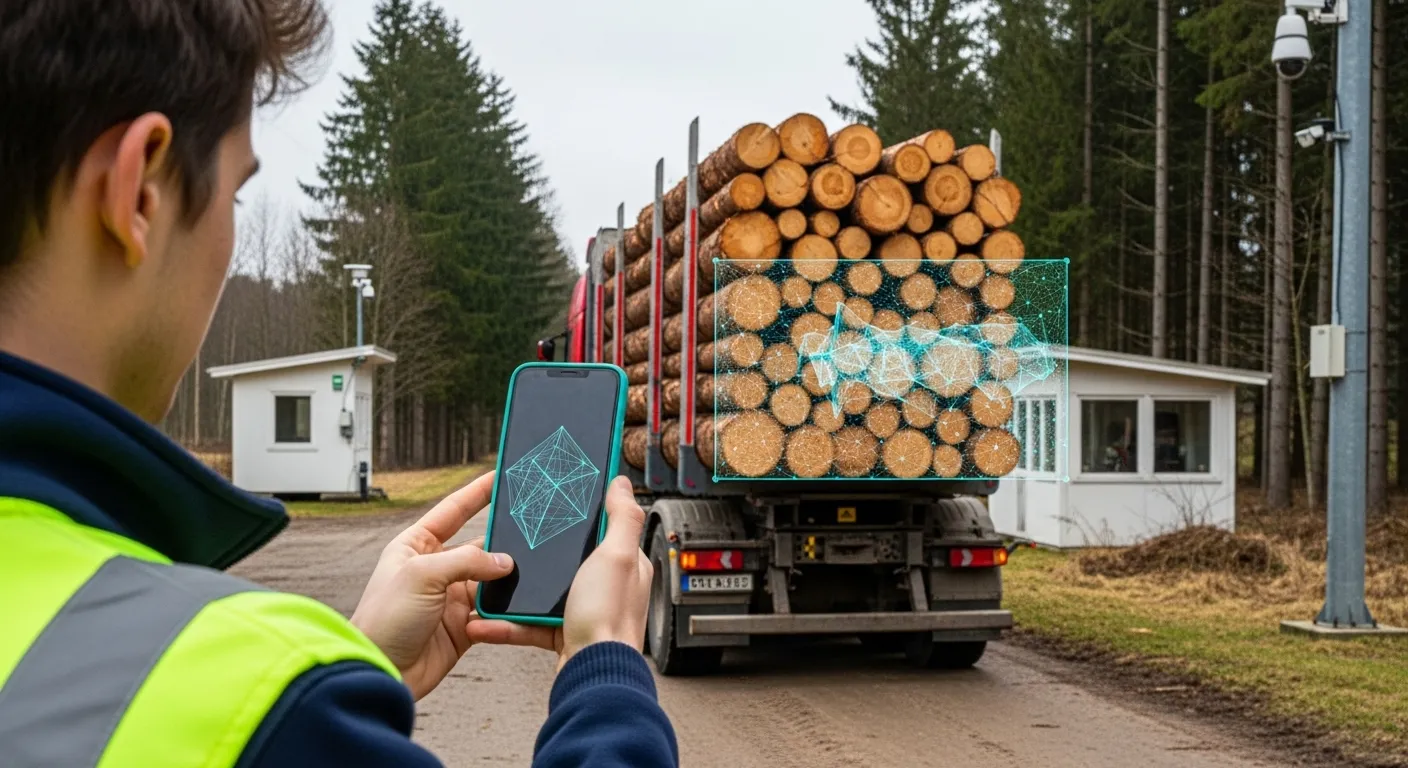
Students at Udmurt State University have developed a neural network and Telegram bot to calculate the volume of timber in truck beds using a single photo—streamlining a once error-prone manual process in the Russian forestry sector.
Digitizing Timber Logistics With a Smartphone
In June 2025, a student-led project at Udmurt State University was launched—a neural network paired with a Telegram-based bot designed to automatically calculate timber volume from photographs. The system can process images from mobile phones or stationary cameras at loading sites, offering more than 80% accuracy given sufficient image quality.
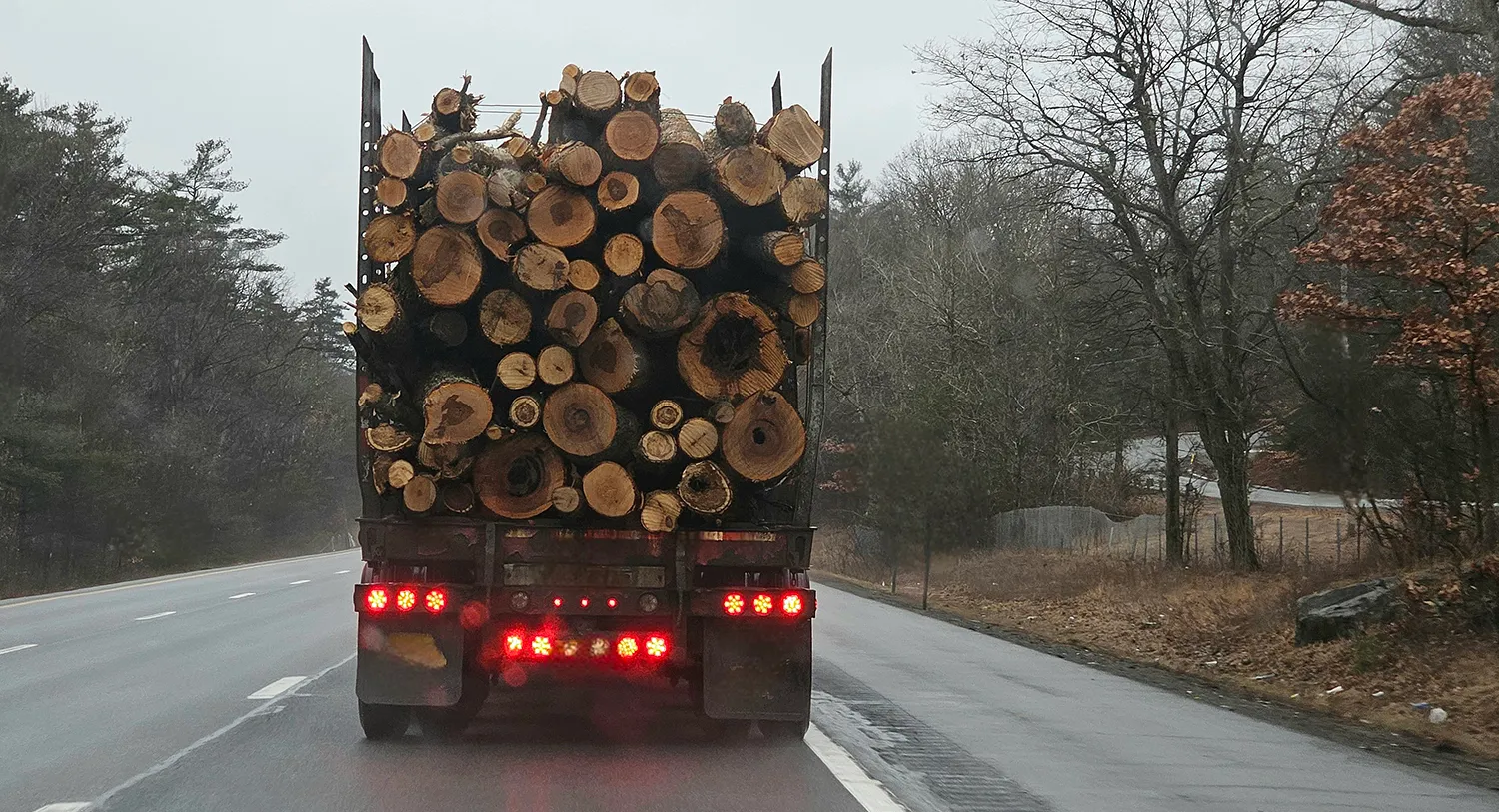
Previously, timber volume calculation was performed manually, with high risk of errors, manipulation, and time-consuming workflows. The new AI tool streamlines this process, minimizing human error and increasing transparency in timber transportation. As a result, it reduces costly mistakes and unauthorized adjustments to reported volumes.
Scalable and Accessible Forestry Tech
The tool is already showing promise in Udmurtia, particularly among small and mid-sized forestry businesses. Its main advantage lies in accessibility—it works in remote areas where robust IT infrastructure may be lacking, and only requires a smartphone and Telegram.
With support from regional authorities and Russia’s Ministry of Forestry, the technology could be integrated into a national digital forest resource management system. There is also potential for integration with ERP platforms and electronic documentation systems.
This AI solution could gain interest abroad, especially in countries facing similar challenges with timber accountability. While adoption in places like Scandinavia or Canada would require localization to meet local sawing standards and transport practices, the core idea offers a cost-effective and scalable solution.

A Decade of Forestry Digitalization
Russia has seen a consistent trend toward forestry digitalization in recent years. Between 2019 and 2023, drones and satellite imagery were increasingly used to assess timber stock. Pilot projects using truck-mounted cameras were launched in Arkhangelsk and Irkutsk in 2021.
From 2022 onward, dedicated forest digitalization centers began rolling out, employing geospatial tools and photo zones to track timber flows. In 2023–2024, similar AI initiatives were piloted by Siberian Federal University and Far Eastern Federal University, focusing on timber quality and forest health assessment.
What sets the Udmurt State University project apart is its low entry threshold. By leveraging Telegram, it provides a readily deployable solution for smaller companies and isolated communities.

Forecasts Point to Widespread Adoption
Pilot implementations across Udmurtia are expected in the next 12–24 months, providing the first real-world data on effectiveness. If proven successful, the system may expand regionally and be licensed for wider use. Integration with ERP systems at forest enterprises is under consideration.
In the long term, this project could serve as the foundation for a broader AI-powered logistics ecosystem—including tools for other freight categories. The technology demonstrates that even in traditional sectors like timber, AI can improve accuracy, reduce fraud, and support more transparent trade.
Its ease of implementation via Telegram positions it as a standout option for mass adoption in Russia’s forestry-heavy regions and in countries like Finland, Sweden, and Canada, where wood is a major export.




